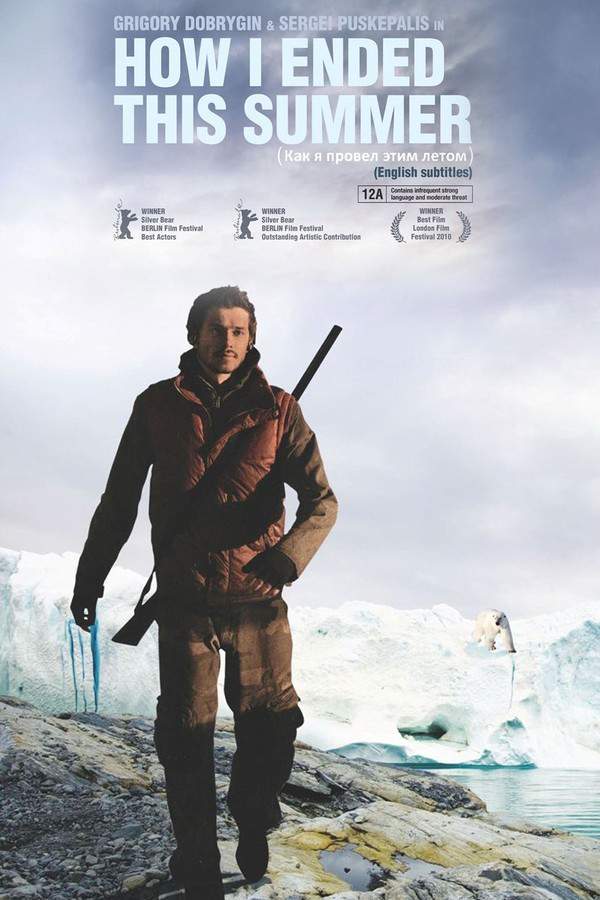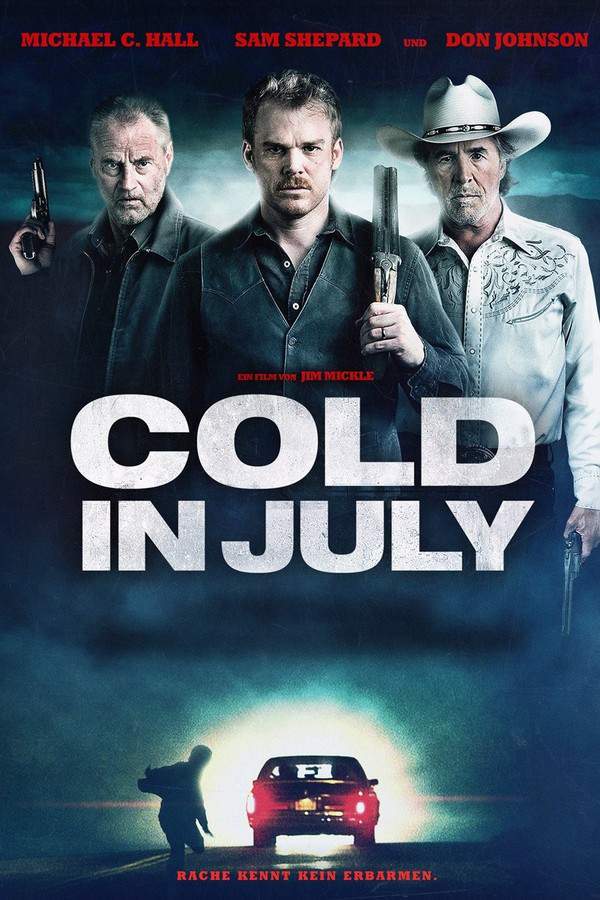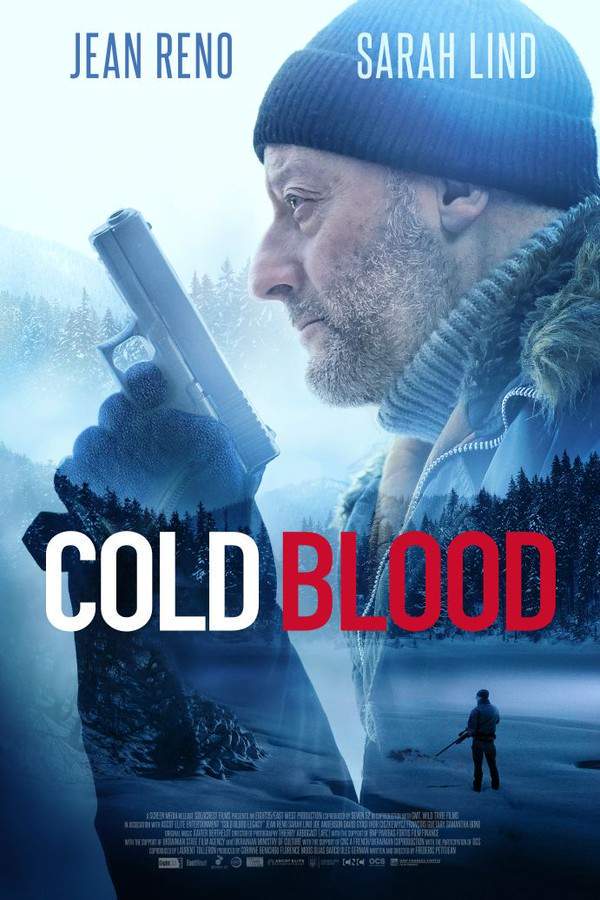
The Cold Summer of 1953
Year: 1988
Runtime: 101 mins
Language: Russian
Director: Aleksandr Proshkin
In the summer of 1953, the year Stalin died, the Soviet authorities freed numerous prisoners from the Gulag, many of whom were hardened criminals. A remote village is suddenly besieged by these violent ex‑inmates, while the locals, aided by two political prisoners, rally to defend their home. The desperate struggle reveals the harsh realities of post‑Stalin Russia.
Warning: spoilers below!
Haven’t seen The Cold Summer of 1953 yet? This summary contains major spoilers. Bookmark the page, watch the movie, and come back for the full breakdown. If you're ready, scroll on and relive the story!
The Cold Summer of 1953 (1988) – Full Plot Summary & Ending Explained
Read the complete plot breakdown of The Cold Summer of 1953 (1988), including all key story events, major twists, and the ending explained in detail. Discover what really happened—and what it all means.
In the wake of Beria’s Amnesty of 1953, a large wave of criminals was released and pardoned, and the newly freed quickly formed gangs that spread robberies, murders, and rapes across the country. The atmosphere across the USSR grew tense as towns and villages alike faced the unsettling reality that crime could walk right back into ordinary life. Against this backdrop, two men forged a stubborn bond: Luzga Valeriy Priyomykhov, a hardened former Military Intelligence Captain, and Kopalych Anatoliy Papanov, once a Chief Engineer. Both were exiled after being wrongfully accused of crimes by Stalin’s regime, and their friendship becomes a quiet anchor in a world that has lost its sense of fairness and order.
As dusk falls, a village is breached by a six-member gang led by the calculating іndividual known simply as Baron Vladimir Golovin. The intruders storm into the home of Ivan Zotov Yuriy Kuznetsov, taking him hostage, tearing apart the quiet life residents once knew, and arming themselves with the captured guns. The situation rapidly escalates from a home invasion to a bid for domination, forcing Zotov to confront a brutal choice: help the bandits stay hidden or risk exposure and a brutal punishment. In a grim turn of necessity, he aligns with the raiders long enough to keep himself alive, all while the village reels from the possibility that their own protectors might not be enough to stop them.
With the bandits in control, the village’s residents are corralled into a barn, and the intruders demand obedience. Lydia Matveevna [Nina Usatova], a deaf-mute cook, finds herself caught in a desperate struggle to protect her family. Her daughter Shura [Zoya Buryak] is hidden away in another barn, a risky decision made in the rush of chaos. The bandits, driven by a mix of violence and lust, attempt to force their way into the second barn to reach Shura, but Lydia’s quick thinking and the closed doors prevent a direct assault. The moment becomes a test of courage and maternal determination, revealing how much a mother will risk for her child when the world has become a dangerous place.
Inside the barn, the bandits demand meals and excuses while planning their broader criminal spree. The tension peaks with an assault on Lydia’s family, and it is Luzga who must act to safeguard Shura and resist the bandits’ predatory impulses. A brutal confrontation unfolds as one bandit’s lust turns into violence, setting off a chain of deadly events that ripples through the community. Luzga, ever the wary survivor, confronts the intruders with a mix of calculated strategy and raw resolve, and he uses his experience to outmaneuver several of the armed men who threaten the village’s fragile peace.
The fight intensifies as Mikhalych [Andrey Dudarenko] and his fellow bandits close in on the hiding pair. Kopalych, placing himself on the line to shield Luzga, urges distraction and careful cover, a sacrifice that ultimately costs him his life. In a cascade of swift moves and grim decisions, Luzga manages to pick off the remaining attackers, including Mikhalych, as the village’s fate teeters on a knife’s edge between survival and annihilation. The villagers gather to mourn and bury the fallen, yet the danger remains, and a lingering question hangs in the air: who else might still be out there, waiting for the moment to strike again?
In a final, devastating twist, the oldest bandit—who had feigned death for hours—survives long enough to launch a last, ferocious attack. He shoots Shura in a brutal moment that shatters the quiet of evening and forces Luzga into a dangerous chase. After a tense pursuit through rough terrain, the two men end up in stomach-deep water, where Luzga wrests control and finally overpowers the bandit, subduing him in a grim, decisive confrontation.
Time passes, and the film moves forward to a stark, haunting coda: two years later, Luzga walks the streets of Moscow, a city that has since become his new setting for reflection and revelation. He seeks out the relatives of Kopalych, delivering a painful truth and a powerful claim. Kopalych’s innocence is laid bare as Luzga reveals that his friend was never guilty of the charges that had haunted him for years. He shares Kopalych’s last wish—that his family denounce him no more, lest they too suffer under the weight of political retribution. In this quiet confession, Luzga offers a measure of closure to a man who sacrificed so much for what he believed was right, and he ensures that Kopalych’s memory remains unshackled from the false accusations that once defined him.
Throughout the story, the film delves into themes of post-war justice and moral ambiguity. It asks whether survival in a lawless climate can ever justify the means, and it examines the complex loyalties that bind soldiers, exiles, and civilians together when the state’s machine seems bent on erasing individual dignity. The relationship between Luzga and Kopalych stands as a testament to steadfast friendship amid chaos, while Lydia’s protective heroism underscores the personal costs of living under the shadow of widespread violence. The figure of the Baron and his gang embodies the era’s brutal opportunism, highlighting how quickly power can corrupt, and how fragile ordinary life can become when law and order fracture.
In the end, the narrative remains rooted in the human scale of its characters. Luzga’s visit to Kopalych’s relatives reframes the losses and scars of the past, offering a rare moment of moral clarity in a world where truth often comes at a heavy price. The film leaves audiences with a sense of hard-won, uneasy reconciliation, insisting that even after the darkest days, there can be moments of vindication and remembrance that restore a measure of humanity to those who endured.
Last Updated: October 09, 2025 at 14:24
Unlock the Full Story of The Cold Summer of 1953
Don't stop at just watching — explore The Cold Summer of 1953 in full detail. From the complete plot summary and scene-by-scene timeline to character breakdowns, thematic analysis, and a deep dive into the ending — every page helps you truly understand what The Cold Summer of 1953 is all about. Plus, discover what's next after the movie.
The Cold Summer of 1953 Timeline
Track the full timeline of The Cold Summer of 1953 with every major event arranged chronologically. Perfect for decoding non-linear storytelling, flashbacks, or parallel narratives with a clear scene-by-scene breakdown.

Similar Movies to The Cold Summer of 1953
Discover movies like The Cold Summer of 1953 that share similar genres, themes, and storytelling elements. Whether you’re drawn to the atmosphere, character arcs, or plot structure, these curated recommendations will help you explore more films you’ll love.
Explore More About Movie The Cold Summer of 1953
The Cold Summer of 1953 (1988) Scene-by-Scene Movie Timeline
The Cold Summer of 1953 (1988) Movie Characters, Themes & Settings
The Cold Summer of 1953 (1988) Spoiler-Free Summary & Key Flow
Movies Like The Cold Summer of 1953 – Similar Titles You’ll Enjoy
How I Ended This Summer (2011) Full Movie Breakdown
Cold in July (2014) Film Overview & Timeline
Cold Blood (2019) Full Movie Breakdown
The Coldest Game (2019) Full Movie Breakdown
Freeze, Die, Come to Life (1990) Plot Summary & Ending Explained
Lost in Siberia (1991) Spoiler-Packed Plot Recap
Cold Steel (1987) Ending Explained & Film Insights
Kings of Crime (1988) Ending Explained & Film Insights
The Winter War (1989) Plot Summary & Ending Explained
Dead Mountain: The Dyatlov Pass Incident (1000) Spoiler-Packed Plot Recap
Cold Sweat (1970) Story Summary & Characters
Shadows of a Hot Summer (1978) Story Summary & Characters
One Russian Summer (1973) Ending Explained & Film Insights
Burnt by the Sun (1994) Full Movie Breakdown
The Alive and the Dead (1963) Full Summary & Key Details

















